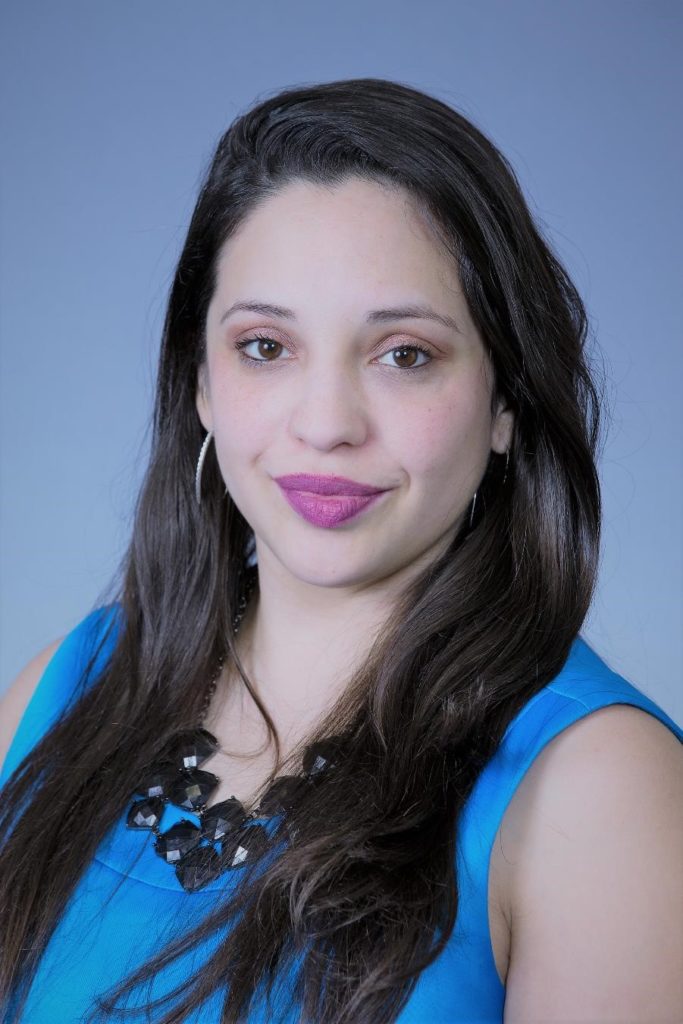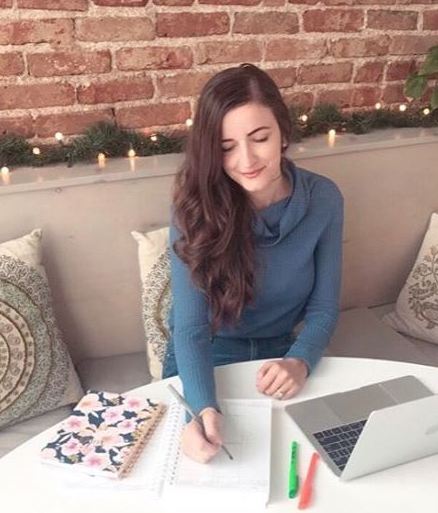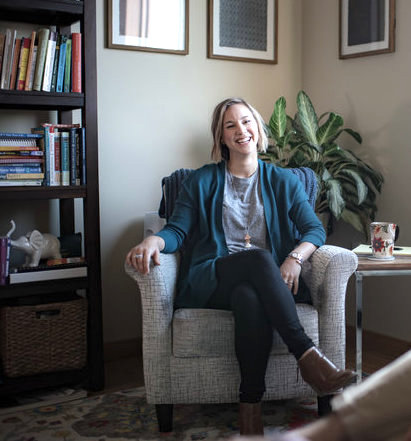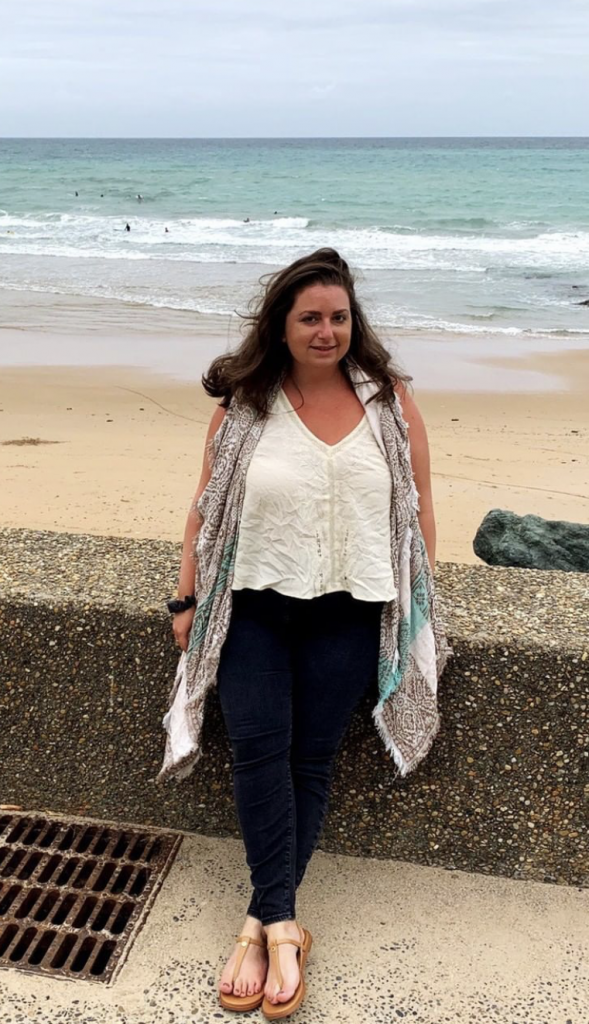Behaviors that put us in unwanted situations often lead back to patterns that were formed earlier during childhood. Inner child work can help us address our inner children. When we acknowledge their beliefs and feelings, we can learn to follow our true voice. To shed light on practices that help us address those coping mechanisms we no longer need, I asked these incredible trauma recovery advocates:
“How do you recommend working through internal beliefs developed by one’s inner child?”
—Brenda Barros Rivera @createsaferelationships

“The first step to get to felt safety is being ‘Self led’, as Dr. Bessel Van Der Kolk describes. In order for children to feel safe, there needs to be an adult to protect them and assure them they are okay. It is the role of the Self to ensure all the children feel safe. Once that happens, exploration can occur. This is where positioning beliefs as hypotheses and testing them becomes important. Hypotheses testing should be done in a measured way to not overwhelm the inner children. Based on the evidence the children can begin to either accept or modify their internal beliefs.”
—Edita Maloku @mindfulmaloku

“The way I have worked through my inner beliefs that were built when I was a child are by becoming consciously aware of my triggers. Without awareness of the problem you will not have an idea of what you want to work on. I moved down the list one by one as I dissected each thing I was struggling with, where it came from and what I would like to have in its place. I did this through journaling + meditation in order to gain that awareness. Then I looked at what I wanted instead and learned how I could get there by rewiring my reactions and responses.
If you are a parent it is so easy to see what you need to work on based on what you say to your child + how you interact with them you can see your beliefs and triggers.”
—Toni Aswegan @tonitalkstherapy

“The first step to working through those core beliefs is identifying them and naming what the belief is that has been limiting, painful or getting in the way. These beliefs are often things like ‘I’m not enough, or ‘I’m only enough if…’ or ‘I have to earn love,’ or ‘ people are dangerous, the world is dangerous. These are beliefs that our inner children can hold that get in the way of living the sort of life we want to live.
So, the first step is identifying those beliefs to identify when those beliefs are triggered, so you can begin to check in when that belief shows up in your thoughts, actions and emotional realm.
I also work with these beliefs somatically. We’ll use the example of ‘I’m not good enough.’ How does that show up in the way you hold your body in space. What sensations come along with that belief? You can then begin to organize your body differently in relation to that new belief that you would like.’
Now take the belief that ‘I am enough.’ Move your body and release tension in a way that helps that new belief land. When you work with these beliefs somatically, viscerally and cognitively, new beliefs can start to feel true in a powerful way.”
—Richelle Ludwig @richelle_ludwig

“Recognize that the beliefs come from a part of you, which helps move you from identification to observation. When we identify with the belief we say, “I am….” but when we move into observation we say “a part of me is…” This gives us space to get into relationship with the part, so we can begin to understand why it believes what it believes. From here you can begin to validate the inner child part and learn more about what this part needs. When we’re unaware of our younger parts, they can take over trying to have their needs met.
With awareness and connection we can learn to meet those needs internally. As we build a relationship with these parts, they can begin to understand that we are older now and the belief they developed doesn’t apply to everything. It opens us up to gather evidence of new beliefs that support us.”
— Milo Fish @miloisadora

“This is my personal process. I personally ask why 5-6 times to get to the deepest core belief. Once I get to the root of what’s bothering me, I use whatever dialogue needed to reparent, soothe, support, love myself. From there I write down facts that prove the opposite of the belief.
This looks like being triggered by a boyfriend not responding to a text in a timely manner, I ask why is this bothering me so. Initially it might be because he isn’t doing what he’d said he would do, then get to because I don’t trust him, then I’m afraid he’s going to leave, ending with I’m afraid I’ll be alone.
I’ll envision me talking to myself as a young girl & say, “I’m not ever going to leave you. I’m here always. Whatever you need, no matter what happens I’m here with you.”
I’ll ask myself what do I need right now. That’s what I give myself. May be a self hug, nap, breathing exercises or a shower.
Then I go to my journal and right all examples of how I’m not alone. I have my children, my dog, my parents, my friends, my yoga community. I’ll write as much as I can on it.
Whatever really triggers me is an opportunity to get to a core belief and reparent. Writing them all down really helps get to the false beliefs that are holding me back from thinking, believing, behaving at my best. There are all these layers you have to peel back & work through. Essential to process, get to know and heal yourself.”
— Ariana Lombardo @theselflovestudent

“Mindfulness is definitely helpful with challenging our inner beliefs. Definitely starts with awareness!”
—Emmy Marie @blooming_forward

“When looking at and beginning to understand the internal beliefs you may have developed as a child, choose compassion. Everything you learned, you learned for a reason, everything you learned helped you survive. It is totally valid to want change, to want to evolve beyond your limiting beliefs you developed as a child. But trying to shame them away won’t work. It’s been helpful to me to look at my inner child as someone I love dearly, someone who kept me alive. I try not to use contempt or shame or dismissal. I try to listen with my whole heart to the pain behind my inner child’s beliefs. After listening, I sit with what it is and allow it to be here, whispering gently ‘this belongs.’
Then I inquire, ‘what can I offer myself instead of leaning on this belief that no longer serves me?’ Look for creative solutions. I seek factual evidence that my life today is different than my life then. I stay consistent with self-care and nurturing. And I open the door to a future beyond what my inner child thought was ever possible for her.”
–Anna Penenberg @annapenenbergauthor

“I use breath to get into the deep experience of inner stuck places. Conscious breathing, long full inhales and slow exhales will activate the stability of the soul in body. From there we can be neutral, follow the sensations and imaginally go exploring inside to the place where the discomfort is situated in the soma. Bringing awareness to this location internally will invite a conversation with an inner part.
Often this part will have something to say, that it hadn’t expressed before and this can reveal survival beliefs, still held in the system. Staying present to the uncomfortable feelings is critical. When these unwind the bigger you can talk to the inner part and offer love, comfort, safety and the repair of being seen.”
My work with inner children informs the trauma work I do. During my daughter’s long illness, it was how I helped myself and her to become whole. Check out my new book, Dancing in the Narrows.

